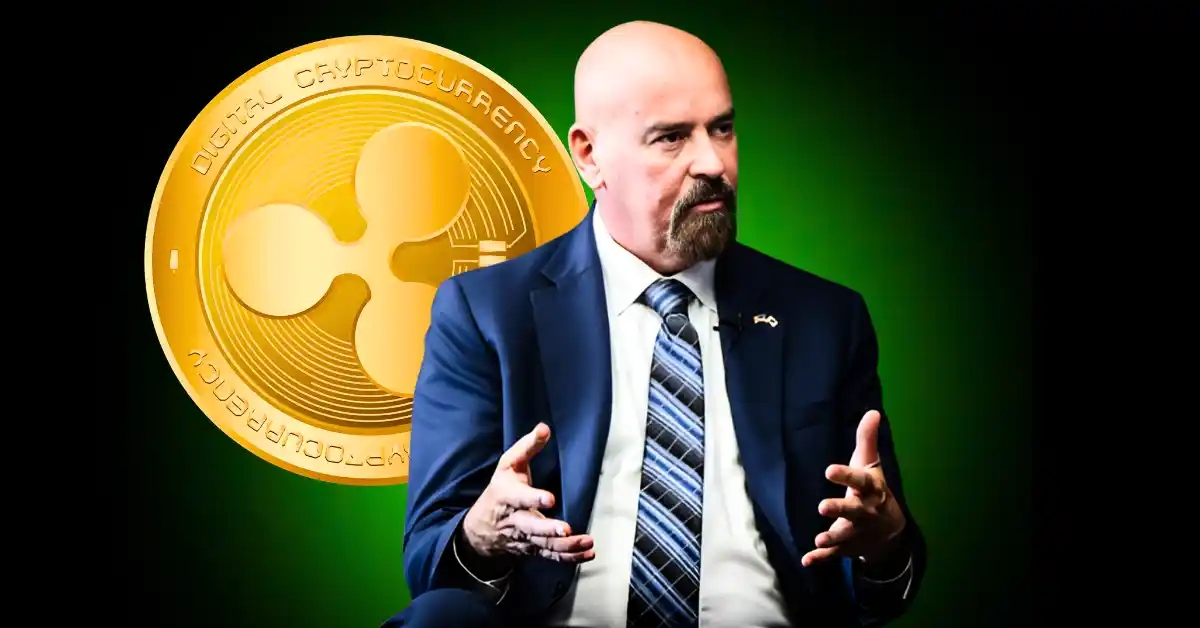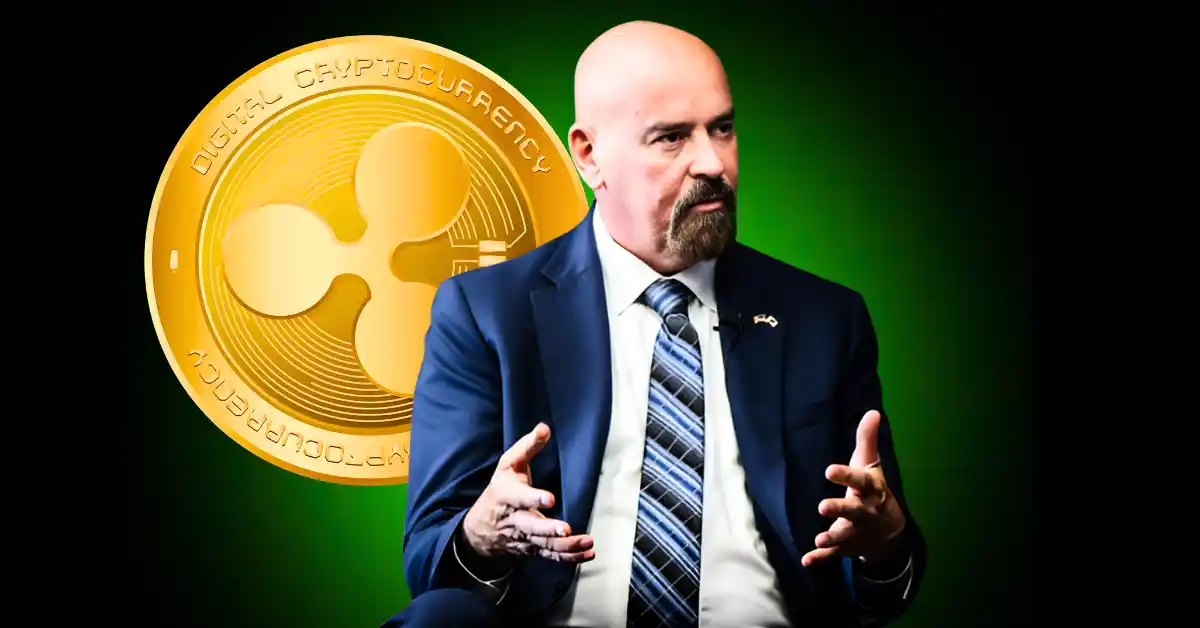The cryptocurrency landscape is often characterized by its volatility and regulatory challenges, but the recent legal entanglements involving Ripple (XRP) and Linqto have added a new layer of complexity to the industry. The intertwined legal battles, allegations of fraud, and regulatory scrutiny have left investors and stakeholders in a state of uncertainty. This report delves into the intricate web of legal troubles surrounding Ripple and Linqto, examining the allegations, responses, and potential implications for the future of XRP and the broader cryptocurrency market.
The Linqto Controversy: A Web of Allegations
Linqto, a platform designed to provide liquidity for private securities, has become the epicenter of a legal storm. Gene Zawrotny, the company’s former Chief Revenue Officer, has filed a lawsuit that paints a troubling picture of Linqto’s operations. The allegations include:
– Inflated User Base: Zawrotny claims that Linqto falsely reported having 750,000 users when the actual number was significantly lower, around 10,000. Moreover, only 30% of these users were accredited investors, raising questions about the platform’s credibility and compliance with regulatory standards.
– Insider Trading: The lawsuit suggests that Linqto executives may have engaged in insider trading, using non-public information to gain an unfair advantage over other investors. This practice, if proven, could have severe legal and financial repercussions for the company.
– Market Manipulation: Zawrotny accuses Linqto of artificially inflating the value of Ripple shares traded on its platform. This manipulation could have misled investors into believing they were making sound investments, only to discover later that the market was being manipulated.
These allegations have prompted investigations by the SEC and the Department of Justice (DOJ), adding to the legal pressure on Linqto. The company’s reputation and financial stability are at risk, and the outcome of these investigations could have far-reaching implications for the platform and its investors.
Ripple’s Response: Distancing and Damage Control
In the face of the Linqto scandal, Ripple CEO Brad Garlinghouse has been proactive in distancing the company from the troubled platform. Garlinghouse has clarified that Ripple has no direct business relationship with Linqto and that any Ripple shares held by the investment firm were acquired on the secondary market. He emphasized that Ripple never sold shares directly to Linqto, aiming to mitigate any potential fallout from the allegations.
Ripple’s strategy is clear: to protect its reputation and reassure investors that its operations and the value of XRP are not directly affected by Linqto’s legal woes. By emphasizing the lack of direct ties, Ripple hopes to maintain investor confidence and stabilize the market sentiment surrounding XRP.
The SEC Lawsuit: A Lingering Shadow
While the Linqto controversy presents a new challenge, Ripple continues to grapple with its ongoing legal battle against the SEC. The SEC initially sued Ripple and two of its executives in December 2020, alleging that the sale of XRP constituted an unregistered securities offering. The lawsuit has been a significant source of uncertainty for Ripple and the broader cryptocurrency market.
Despite some positive developments, including a ruling that XRP is not necessarily a security, the legal battle is far from over. Ripple has agreed to settle with the SEC, paying a reduced fine of $50 million. However, the settlement does not erase the past allegations, and the SEC’s scrutiny of XRP and other cryptocurrencies remains a concern for the industry.
Market Impact and Investor Sentiment
The combined impact of the Linqto scandal and the ongoing SEC lawsuit has created a climate of uncertainty in the XRP market. While Ripple has attempted to reassure investors, the negative publicity surrounding Linqto and the lingering legal risks continue to weigh on XRP’s price.
Concerns have also emerged regarding Linqto users potentially facing significant losses, with some experts predicting losses as high as 400%. This fear, coupled with general market volatility, contributes to the cautious sentiment surrounding XRP. Investors are closely monitoring the situation, hoping for a resolution that will bring clarity and stability to the market.
Ripple’s Future: Beyond Legal Battles
Despite the current challenges, Ripple continues to focus on its core business and explore new opportunities. The company is actively developing its stablecoin, RLUSD, and expanding its payment solutions using the XRP ledger. These efforts suggest that Ripple is looking beyond the legal battles and positioning itself for long-term growth in the evolving cryptocurrency landscape.
However, the success of these initiatives hinges on resolving the legal uncertainties and restoring investor confidence in Ripple and XRP. The company’s ability to navigate the current storm and emerge stronger will determine its future role in the crypto industry.
Conclusion: Navigating the Storm
The situation surrounding Ripple, Linqto, and the SEC is complex and constantly evolving. While Ripple has taken steps to distance itself from Linqto and address the SEC’s concerns, the legal battles and accusations of misconduct continue to cast a shadow over the company and XRP.
The crypto community watches with bated breath, hoping for a swift resolution that will bring clarity and stability to the market. The future of XRP and the entire cryptocurrency industry depends on transparency, accountability, and a commitment to navigating the complex regulatory landscape. The lessons learned from this ordeal will undoubtedly shape the future of crypto investments and regulations for years to come. As Ripple and Linqto navigate these troubled waters, the industry will be watching closely to see how these challenges are resolved and what lessons can be applied to ensure a more stable and trustworthy cryptocurrency ecosystem.












